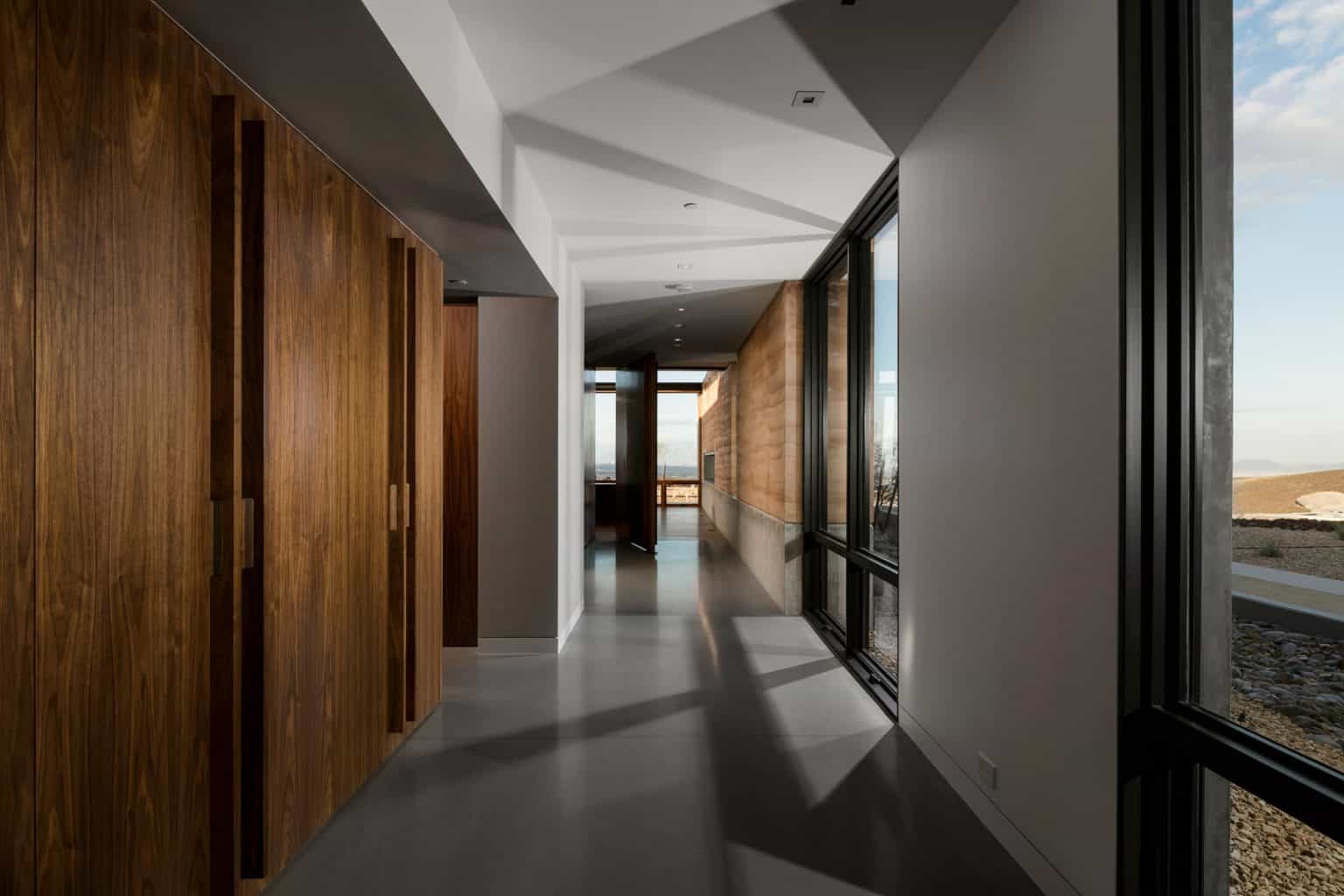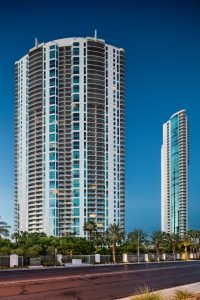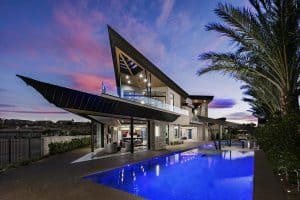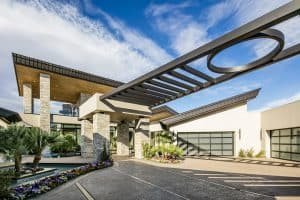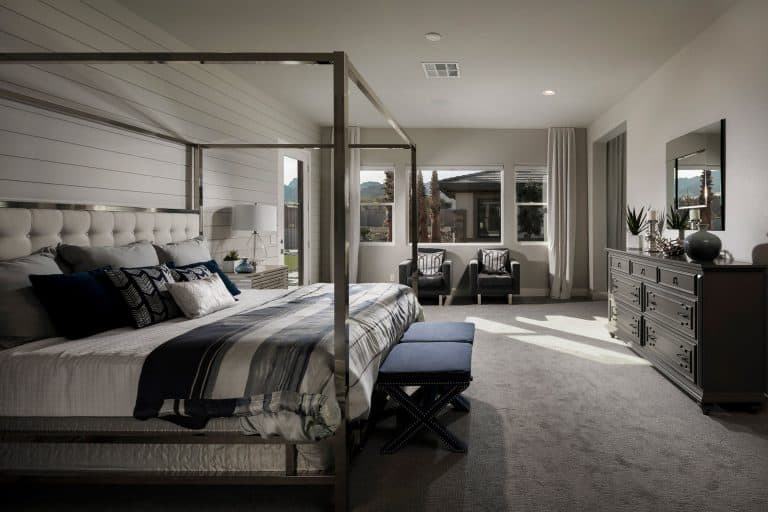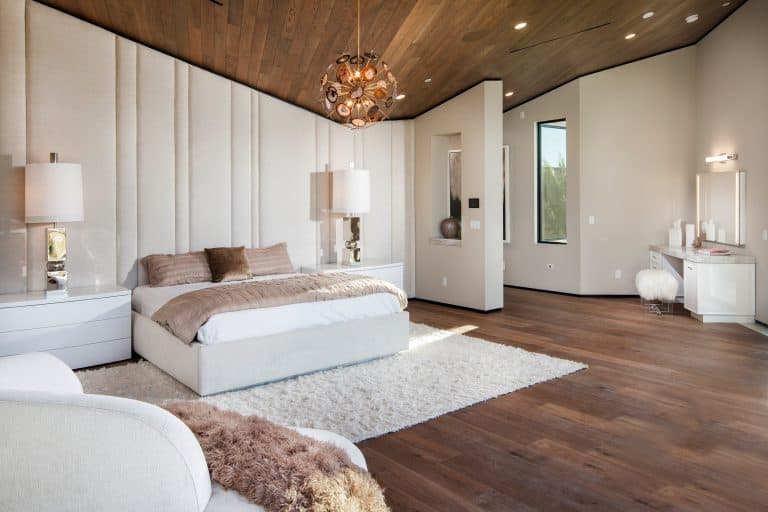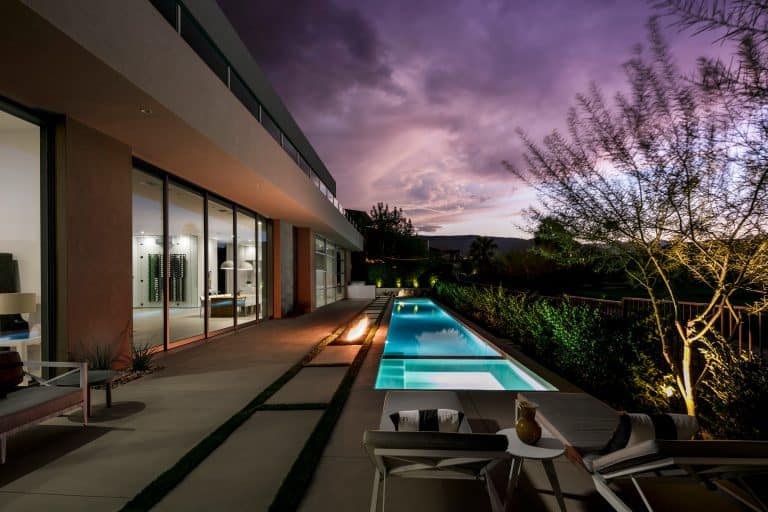So you want to create up your portfolio or organize it to take the full potential of your work, I want to share with you my experience as an architecture photographer and commercial image consultant on how to create, organize and feature your portfolio to maximize the impact on your clients.
Table of Contents
Portfolio Concept
In the older days, a portfolio was referred to as a briefcase that was used for carrying papers and equipment most commonly used by lawyers.
Today it referred to a collection of work featuring your work, experience, and capabilities.
The main goal is to feature your best work with architecture pictures to the client to be considered for their project.
While an image is worth a 1,000 words, we need to make sure they tell a story and sell your work, today with thousands of architects in every market with millions of visuals you have several seconds to capture the eye of the viewer, tell a story and get them to a start a dialog.
Understanding your clients
As professionals, we often think that people are aware of our capabilities, and experience and we perceive things as obvious.
The fact that new customers won’t get to read about our businesses if they won’t be captured by your portfolio to even get to the point they are reading your about page or contacting you.
When building a strong portfolio you have to think about your client, and what they are looking for? What services you are selling? Do the pictures reflect the scope of work you do? Does it aim to where you want to be in 2 years from now?
You may not even know it, if you only publish high-end work, many people may think that a small or medium project is out of your scope and will be intimidated to reach out to you, same applies to different types of work and services you offer.
Don’t think about magazines, vendors, and industry colleagues, make sure your work represents the work you want to do, and talk in your client’s language.
Ask yourself, does the client understand what they are paying for when they look at the image? Can they imagine themselves there? Does the visual reflect what makes you special? Did you create an experience and enough visuals that tell a story?
There are many questions to ask but let’s break them down in the next topics.
How Many Pictures do you need?
There is no “golden” rule to the number of photos you need, but think about the client in mind and tell a story.
You can’t sell the “2-year project” in meetings, scouting, creation, planning, executing, and project management to perfection in one single image when you want to get the client to understand the hard work and time invested in a project.
Residential – Starting with daytime exterior front and back to get an overall look and feel, then an Image or two of special features or layouts.
Moving to the inside showcase the main spaces in the right order, Living room, dining room, kitchen, master bedroom, master bathroom, entertainment features (home theater, gym, yoga room, bar) than the rest of the rooms/guest rooms.
Outdoor features like pool, spa, golf, outdoor sitting
Now it’s time to finish the day with a hero twilight shoot to showcase the environment, lighting, and how it looks at the night.
Commercial – Starting again in the daytime capturing the front, back, and other architectural elements.
Moving inside to the lobby/front desk/reception, main working space, offices, meeting rooms, and finishing with a dusk shot of the exterior at night.
Do you need to capture every project?
In most cases, you won’t be able to go and capture a project on a future date for two reasons.
One – clients don’t like to showcase their home/office to “strangers” for many understandable reasons.
Second – with time the client will put their own ideas into the space changing your creation or there is already some wear and tear.
Beyond that fact, I do recommend capturing every space, as there is a lid to any pot, and not all customers are the same size, budget, and style.
You might not feature this in your portfolio, but it’s important to have all projects documented on the same level of photography.
Do you need to feature every project in your portfolio?
Yes and No, I do recommend featuring a wide variety of work, don’t forget your target audience is clients and not the “like” people on your social media. So you should offer different designs and price range projects to accommodate all types of clients you want to work with.
With that said you should feature selected projects and not overwhelm the customer with dozens of projects that might reduce an amazing project to an average.
Architectural Photographer
Working with the right professional would help you create impactful images not only look amazing but the right ones that sell your work.
They should focus on delivering an entire project from start to end and only then focus on more “artistic” visuals.
Again, work with someone that understands both photography, architecture and design, and consumer behavior to create the right images, not just beautiful ones.
Have in mind all leave all those environmental and you walking in the frame, placing the owner’s dog or cat, don’t distract your client from getting to the goal of “ I want this “.
One Project
So on a single project, you should have 6-12 impactful visuals that tell a story and extra visuals if you need them for social, emails, etc.
If it’s a large project or one of your masterpieces that you want to leverage for many advertising opportunities it’s recommended to do a 2-3 days photoshoot to get enough images.
Multiple Projects
As opposed to photographers, you should present each project in its own gallery, starting from out, towards the inside of the space and finishing with a great hero shoot at the end.
Don’t forget your customers haven’t been in the project they can imagine or guess things they don’t see.
Make sure you have 8-12 current projects that reflect an entire body of work in different styles, budgets, and fields.
Architect Website Portfolio
For the website, try to keep 8-12 current projects, again same rules as before “diversity”, give them what to “chew on” with 6-8 images minimum per project. Make sure you feature them in the right order of how a human would use them. You first come into the space, then you use the main spaces and at the end, you use the rest.
Printed Portfolio
Even in the printed gallery, I would recommend having 1-2 selected projects and feature the entire project and not just divided it into categories like “facade” “modern” etc…, letting people see a start to finish process and then add some visuals to show diversity.
